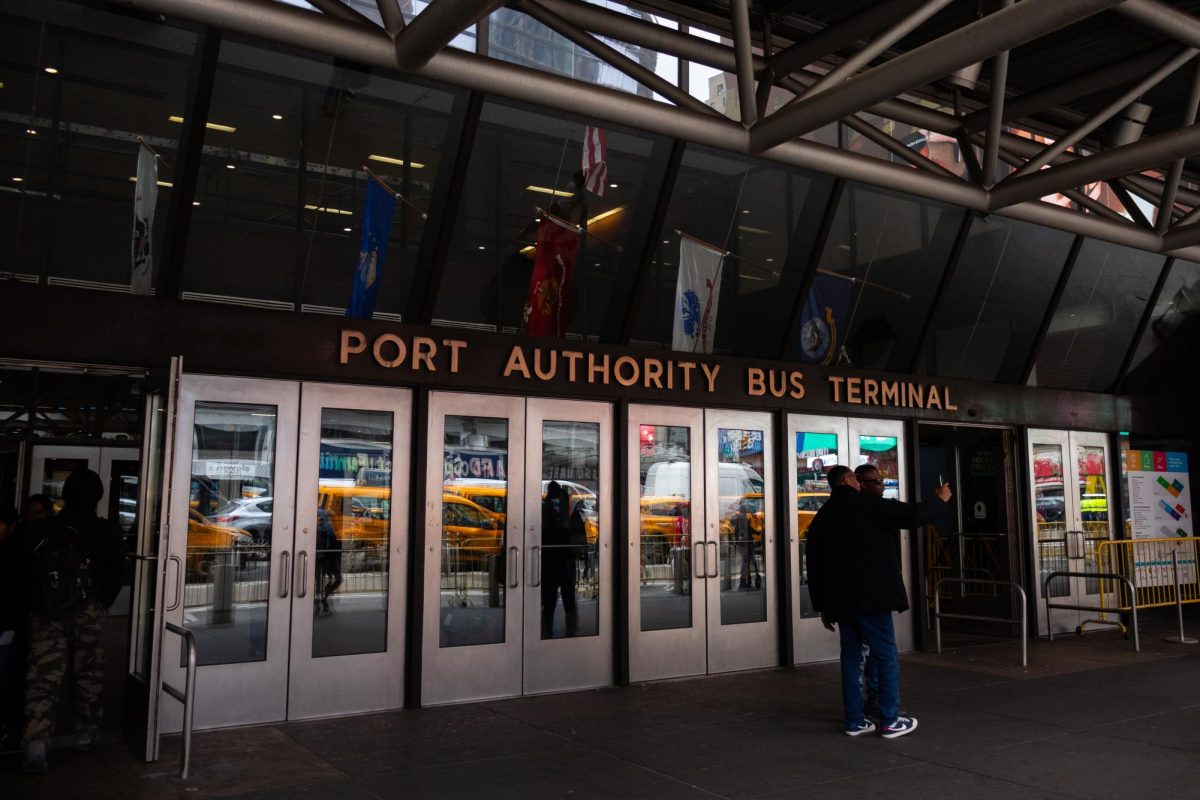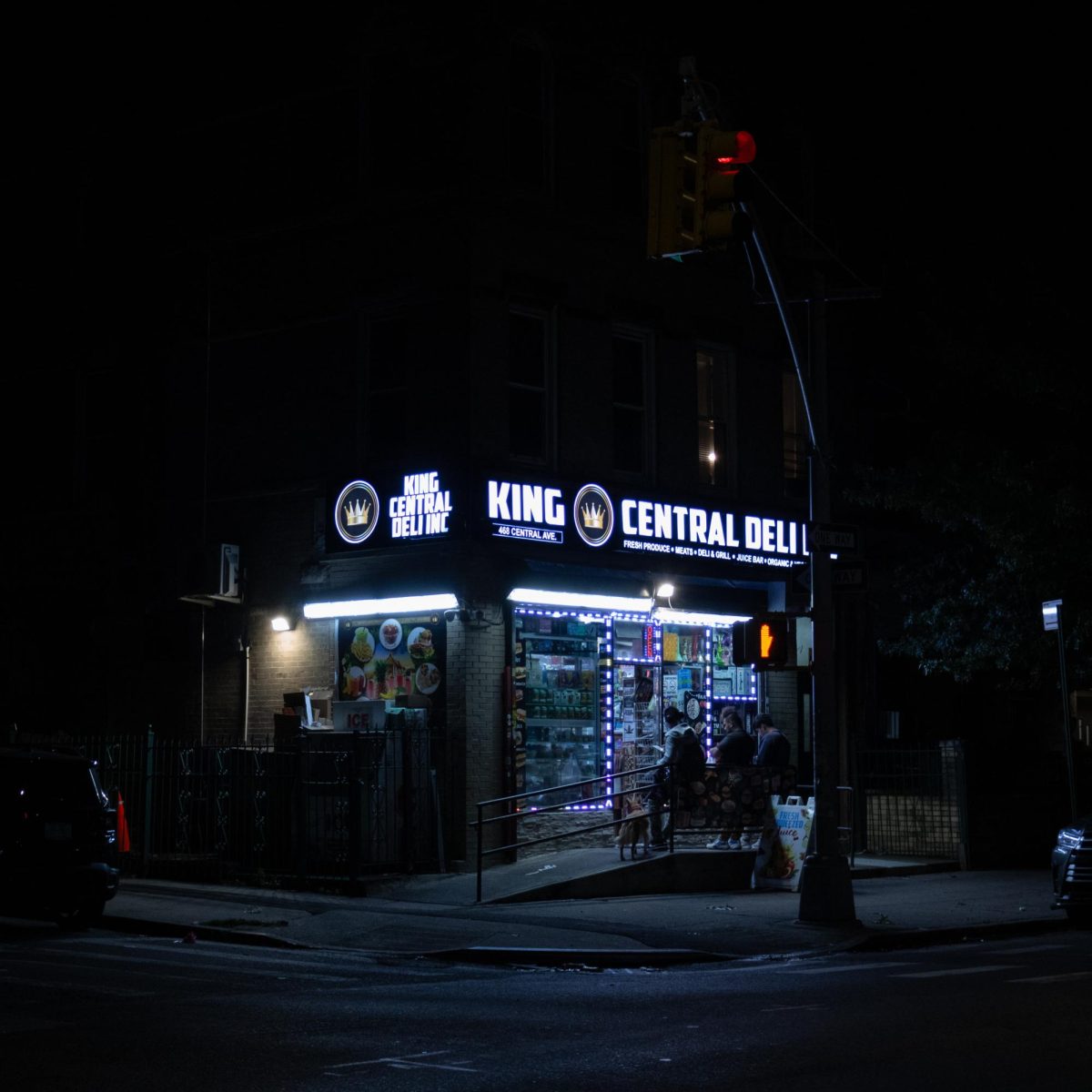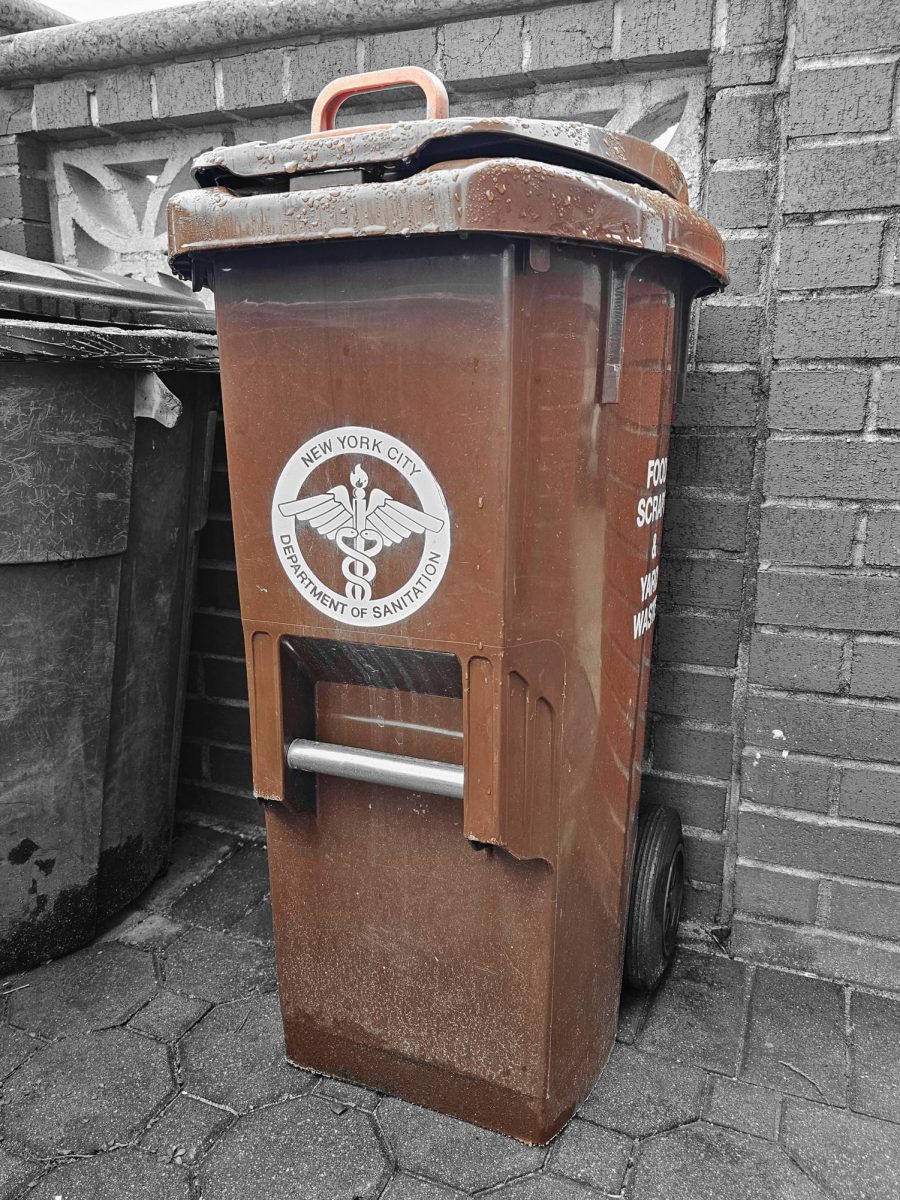The historical significance of the Port Authority Bus Terminal is deeply intertwined with the development of New York City’s transportation system. Since its establishment in 1950, it served as the busiest in the world with more than 60 million annual commuters and has been a pivotal transit hub, enabling public transportation within NYC for decades.
Despite its enduring importance, the terminal’s aging infrastructure presents challenges, emphasizing the urgent need for an innovative strategy to revitalize it to accommodate the growing volume of commuters. Last renovated in 2007, the terminal grapples with congestion and overflow issues, particularly during peak commute times.
Commuters have long voiced complaints about delays, extended wait times and difficulties maneuvering within the terminal. Travelers frequently express dissatisfaction with its outdated facilities and poor services, including insufficient seating that does not align with the current volume of commuters, which is growing annually.
To address these concerns, New York City Mayor Eric Adams, Gov. Kathy Hochul and the Port Authority of New York and New Jersey have unveiled a new agreement to endorse the $10 billion replacement and expansion project for the 73-year-old Port Authority Bus Terminal.
Incorporating feedback from New Yorkers, commuters, elected officials and others, the project aims to provide improvements for commuters and New York City residents, including:
- Increased capacity to accommodate curbside inter-city buses, reducing congestion on city streets and enhancing safety.
- The creation of nearly 3.5 acres of publicly-accessible open space on Port Authority property, fostering connectivity for pedestrians and the community.
- Introduction of new street-facing concessions and retail amenities, as well as enhanced offerings within the terminal, to improve the overall experience for commuters and visitors alike.
- Construction of visually appealing facades, revitalizing the terminal and its surroundings.
Adams emphasized the transformative impact of this investment, envisioning a “new crown jewel for Midtown” that will not only enhance the commuter experience but also contribute to the revitalization of the surrounding neighborhood.
“For decades, New Yorkers have watched the Port Authority Bus Terminal deteriorate from the world-class facility it was in the 1950s to the stain it is on Midtown today,” Adams said. “The days of watching are over, and the days of acting are here.”
“Anyone entering New York City should be greeted by a world-class travel hub, and now we are one step closer to a revitalized Port Authority Bus Terminal,” Hochul said.
Funding for this ambitious project will primarily come from the Port Authority of New York and New Jersey, covering 80% of the total cost.
The remaining 20%, totaling $2 billion dollars, will be sourced from 40 years of New York taxpayer money.
The initiative embodies a joint endeavor aimed at modernizing and revitalizing a fundamental component of NYC’s transportation system, guaranteeing its capacity to meet the commuting demands of future generations.








